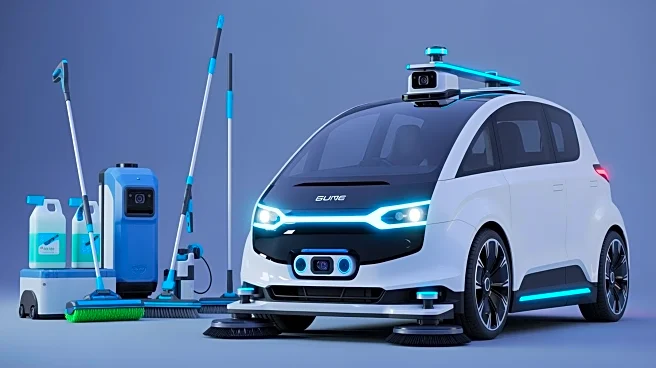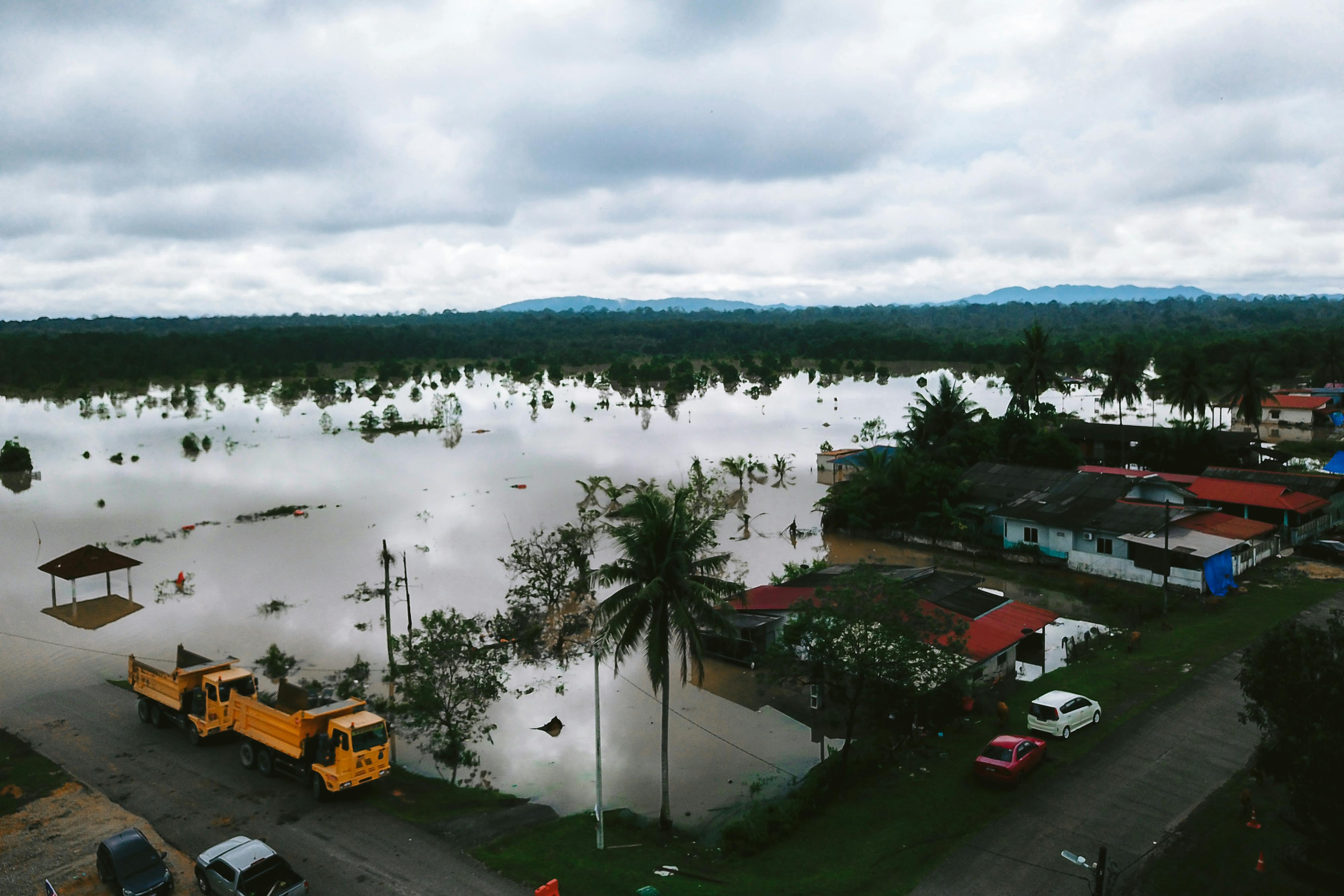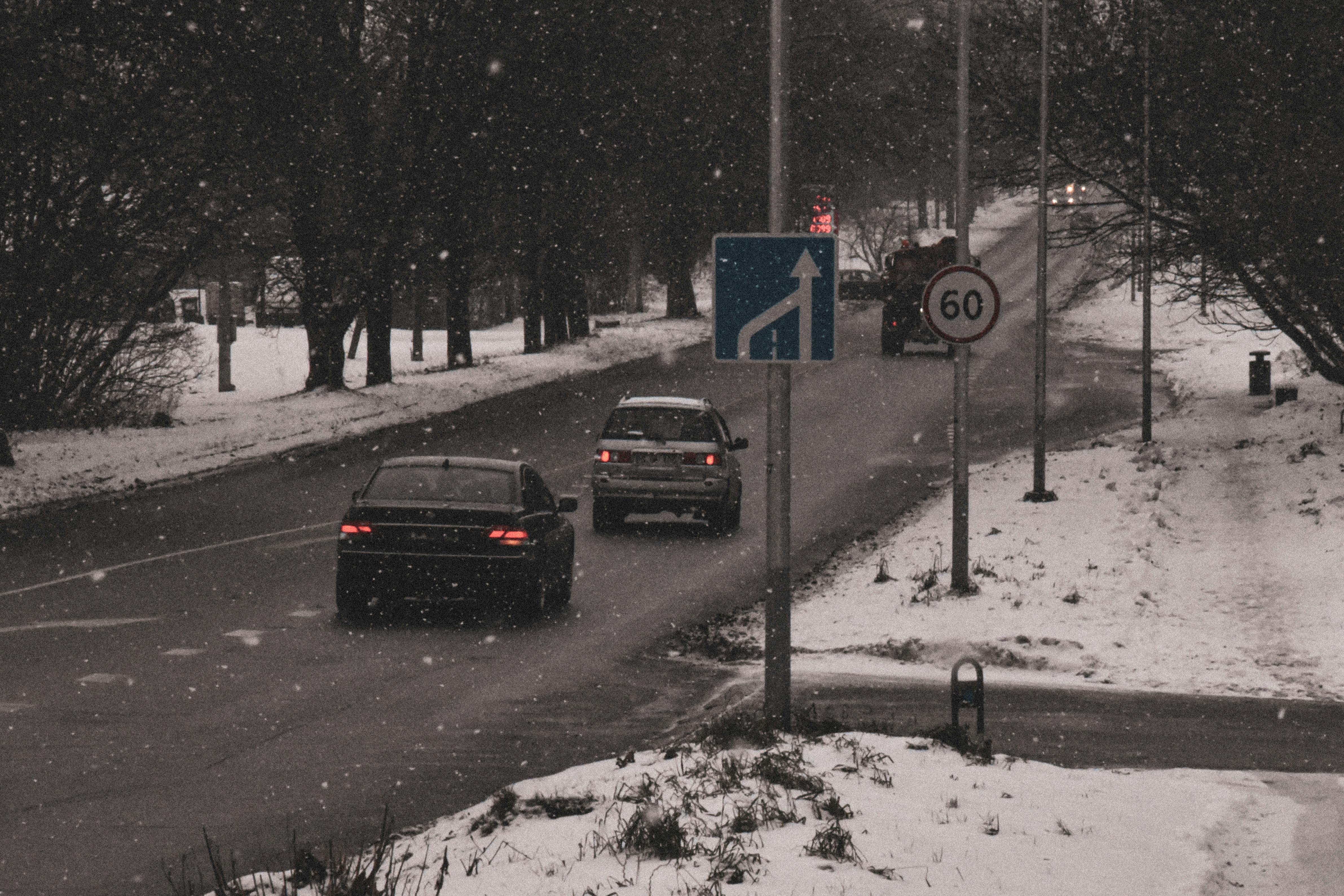What's Happening?
Tesla has launched a new feature with its Full Self-Driving (FSD) version 14.1.3 to address a significant complaint from vehicle owners regarding camera cleanliness. The company, led by CEO Elon Musk, has taken an unconventional approach to self-driving
technology by relying solely on cameras, eliminating the need for sensors. This strategy, while effective, has faced challenges, particularly with the accumulation of debris or condensation on the cameras, which can impair the functionality of the FSD system. To mitigate this issue, Tesla has introduced an automatic narrow field washing feature that cleans the front camera located at the top of the windshield. This feature is designed to activate automatically when visibility issues are detected, ensuring the FSD system remains operational without manual intervention from the driver.
Why It's Important?
The introduction of this new feature is significant as it enhances the reliability and performance of Tesla's FSD system, which is a key selling point for the company. By addressing the camera cleanliness issue, Tesla is improving the user experience and safety of its semi-autonomous driving technology. This development could strengthen Tesla's position in the competitive self-driving car market, where maintaining operational efficiency and safety is crucial. Additionally, the ability to implement such improvements through software updates highlights Tesla's innovative approach to vehicle technology, potentially setting a precedent for other automakers to follow.
What's Next?
As Tesla continues to refine its FSD technology, further updates and enhancements are likely to be introduced to address other operational challenges. The company may also expand the rollout of this feature to more vehicles, ensuring a broader impact on its customer base. Stakeholders, including Tesla owners and industry analysts, will be watching closely to see how these updates affect the overall performance and adoption of Tesla's self-driving technology. Additionally, regulatory bodies may take an interest in these developments as they evaluate the safety and efficacy of autonomous driving systems.















